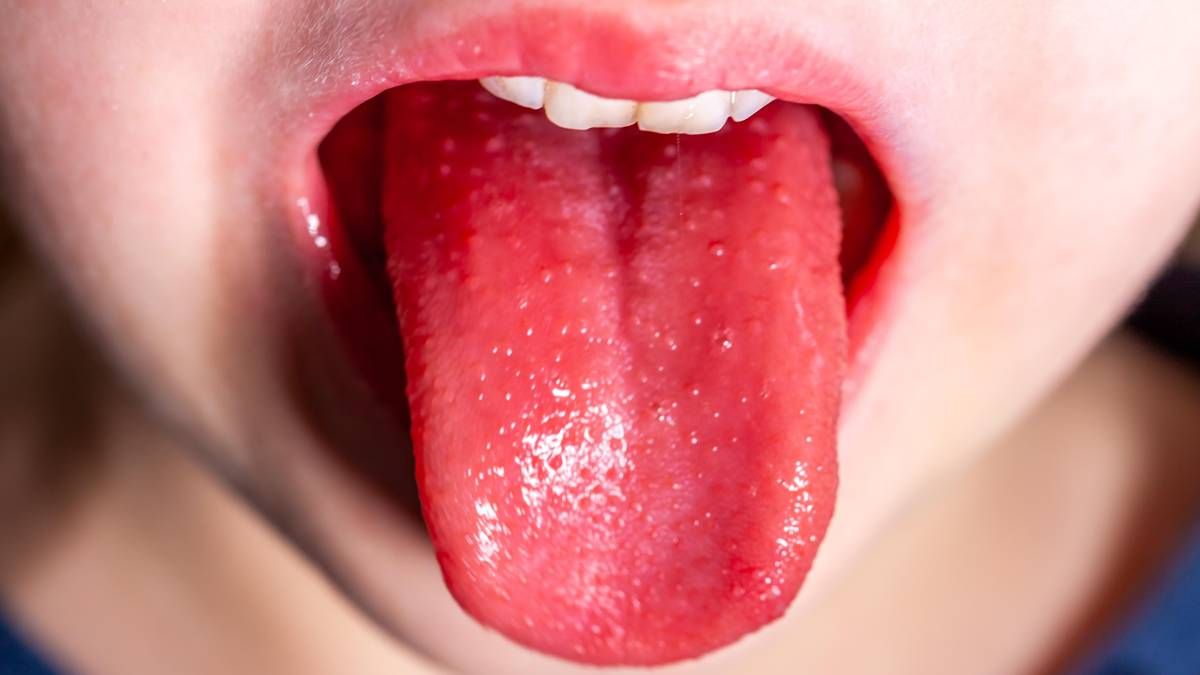Scarlet fever, also known as scarlatina, is a bacterial infection caused by the streptococcus bacteria. It is most commonly seen in children between the ages of 5 and 15 and is characterized by a red, sandpapery rash and a sore throat. The symptoms of scarlet fever can range from mild to severe and can include fever, headache, nausea, vomiting, and swollen lymph nodes. In this article, we will discuss the symptoms of scarlet fever and the treatment options available for those who have been diagnosed with the infection.
Symptoms of Scarlet Fever
The most common symptom of scarlet fever is a red, sandpapery rash that appears on the body, typically starting on the face and spreading to the chest, arms, and legs. The rash is usually accompanied by a fever, which can range from mild to high, and a sore throat. Other symptoms of scarlet fever can include headache, nausea, vomiting, and swollen lymph nodes. In some cases, the infected person may also experience abdominal pain, joint pain, and an overall feeling of malaise.
In addition to these symptoms, there are also a few other signs that can indicate scarlet fever. For example, the tongue may become red and swollen, with a white coating on the surface. This is known as a “strawberry tongue” and is a characteristic symptom of scarlet fever. Additionally, the skin on the palms of the hands and soles of the feet may become red and swollen. This is known as “scarlatina erysipelas” and is another symptom of scarlet fever.
The diagnosis of scarlet fever is typically made by a physician based on the patient’s symptoms and a physical examination. In some cases, a blood test may be performed to confirm the diagnosis. Treatment for scarlet fever typically involves antibiotics, which are prescribed to help fight the streptococcus bacteria that cause the infection. The most common antibiotics used to treat scarlet fever are penicillin and erythromycin.
Treatment for Scarlet Fever
In most cases, scarlet fever can be treated successfully with antibiotics, and the patient will recover fully within a few days. However, it is important to note that if left untreated, scarlet fever can lead to serious complications, such as rheumatic fever, kidney damage, and heart problems. It is therefore essential that anyone who suspects they may have scarlet fever seek medical attention as soon as possible.
In addition to antibiotics, there are also a few other treatment options available for those who have been diagnosed with scarlet fever. For example, over-the-counter pain relievers, such as ibuprofen or acetaminophen, can be used to help alleviate the fever and discomfort associated with the infection. Additionally, drinking plenty of fluids and getting plenty of rest can help to boost the immune system and speed up recovery.
It is also important to note that while scarlet fever is typically a mild illness, it can be more severe in some cases, particularly in those who have weakened immune systems. In these cases, hospitalization may be required, and more intensive treatment may be needed.
In conclusion, scarlet fever is a bacterial infection caused by the streptococcus bacteria that is most commonly seen in children between the ages of 5 and 15. The symptoms of scarlet fever can range from mild to severe and can include fever, headache, nausea, vomiting, and swollen lymph nodes. Treatment for scarlet fever typically involves antibiotics, and the patient will recover fully within a few days. However, if left untreated, scarlet fever can lead to serious complications, such as rheumatic fever, kidney damage, and heart problems.

 Home
Home Health
Health Diet & Nutrition
Diet & Nutrition Living Well
Living Well More
More












